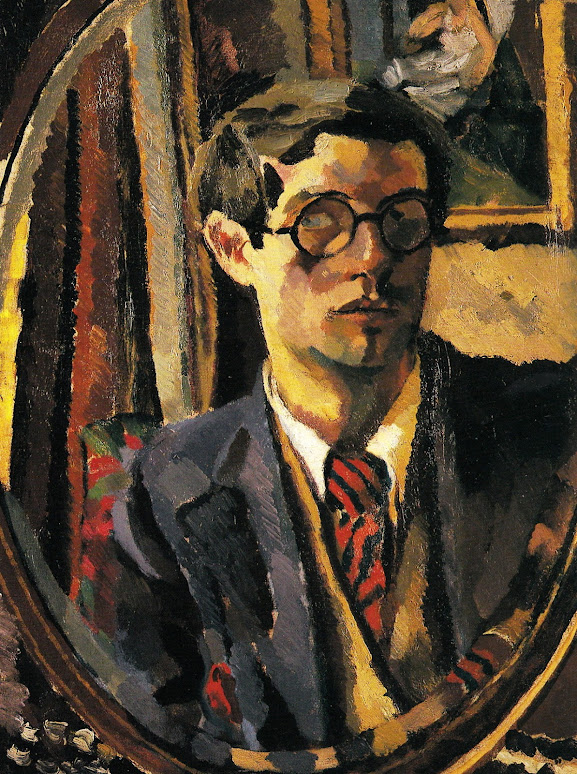Duncan Grant (British, 1885–1978)
A Landscape near Cádiz
Mediterranean Scene with Olive Trees and Figures by the Sea
David Garnett in Profile, 1915
Oil on canvas, 67 x 38.8 cm
The Glass, circa 1916
Self-portrait, 1918
The Barn at the Pond
The Coffee Pot
South of France
Duncan Grant
Duncan Grant (1885-1978) was a British painter and decorative artist who was associated with the Bloomsbury Group, a collective of intellectuals, writers, and artists who were active in the early 20th century. Grant was born in Scotland and grew up in England, where he received his artistic training. He was a prolific painter who worked in a variety of media, including oils, watercolors, and pastels. Grant's work is characterized by its strong use of color and its expressive, loose brushwork. He was particularly interested in the decorative arts, and he was skilled at textile design, bookbinding, and other crafts. Grant was also known for his unconventional personal life; he was openly bisexual and had relationships with both men and women, including Virginia Woolf. His work has been exhibited and collected by major museums and institutions around the world, and he is considered an important figure in the history of British art.












.jpg)
+-+Brighton+Beach,+Grey+Day.jpg)

,+Scottish+Painter.jpg)





%2B-%2BUntitled%2C%2B1980.%2BWatercolour%2Bon%2Bvellum%2Bcard%2C%2B64%2Bx%2B77%2Bcm..jpg)





+Flowers+on+the+Chair,+1962.png)
+Oil+on+canvas.jpg)
+View+of+the+Sea+from+Malibu,+1965.png)

+Fuchsia,+c.+1968.png)


,+12+x+16,+Oil+on+Panel.jpg)

.jpg)








,+Sunset,+1865.jpg)




